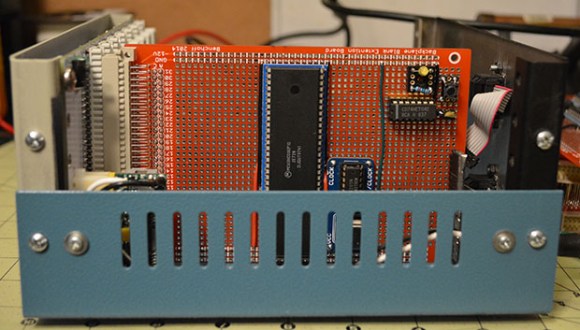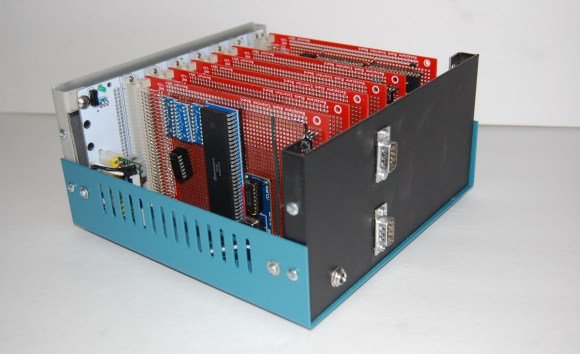
It’s yet another update to the Hackaday 68k, the wire-wrapped backplane computer that will eventually be serving up our retro site.
This is also a demo of Hackaday Projects, our new, fancy online documentation tool for all your adventures in making and tinkering. Did you know we’re having a contest on Hackaday Projects? Make something sci-fi, and you’re in the running for some really good prizes. There’s soldering stations, o-scopes, and a lot of other prizes being thrown at the winners. It’s awesome. First one to build a working Mr. Fusion wins.
In this update, I’m going to go over the beginnings of the video board, why Hammond enclosures are awesome and terrible at the same time, and some thoughts on turning this into a kit or product of some type. Click that, ‘Read more…’ link.
















